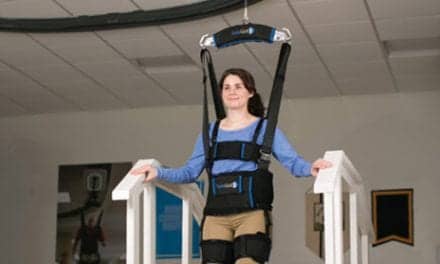Persistent efforts to cool the economy had no effect on job-seekers with disabilities, who continued to find jobs in December, according to the National Trends in Disability Employment – Monthly Update (nTIDE), issued by Kessler Foundation and the University of New Hampshire’s Institute on Disability (UNH-IOD). Job numbers were flat for people without disabilities, however, which may be a sign that they are being disproportionately affected by measures aimed at controlling inflation.
Month-to-Month nTIDE Numbers
Based on data from the U.S. Bureau of Labor Statistics (BLS) Jobs Report, the employment-to-population ratio for people with disabilities (ages 16-64) increased from 36.5 percent in November to 37.0 percent in December (up 1.4 percent or 0.5 percentage points). In contrast, for people without disabilities (ages 16-64), the employment-to-population ratio was unchanged at 74.4 percent. The employment-to-population ratio, a key indicator, reflects the percentage of people who are working relative to the total population (the number of people working divided by the number of people in the total population multiplied by 100).
“The employment-to-population ratio for people with disabilities continues to surge, extending the gains of the last four months,” said John O’Neill, PhD, director of the Center for Employment and Disability Research at Kessler Foundation. “This is significant considering that those without disabilities continue to underperform in the labor market.”
Findings were similar for December’s labor force participation rate. For people with disabilities (ages 16-64), the labor force participation rate was increased slightly from 38.8 percent in November to 39.0 percent in December (up 0.2 percent or 0.2 percentage points). For people without disabilities (ages 16-64), the labor force participation rate was unchanged, at 76.9 percent.
“People with disabilities looking for jobs are finding jobs, as evidenced by the increase in the employment-to-population ratio and the stable labor force participation rate,” remarked Andrew Houtenville, PhD, professor of economics and research director of the UNH-IOD.
Year-to-Year nTIDE Numbers
At the close of 2022, the job numbers continue to show the ongoing strength of people with disabilities. The employment-to-population ratio for people with disabilities (ages 16-64) increased from 33.6 percent in December to 37.0 percent in December (up 10.1 percent or 3.4 percentage points). For people without disabilities (ages 16-64), the employment-to-population ratio also increased from 73.9 percent in December to 74.4 percent in December (up 0.7 percent or 0.5 percentage points).
Similarly, for people with disabilities (16-64), the labor force participation rate increased from 36.7 percent in December to 39 percent in December (up 6.3 percent or 2.3 percentage points). For people without disabilities (ages 16-64), the labor force participation rate also increased from 76.6 percent in December to 76.9 percent in December (up 0.4 percent or 0.3 percentage points).
In December, among workers ages 16-64, the 6,050,000 workers with disabilities represented 4.1 percent of the total 148,052,000 workers in the U.S.
[Source(s): Kessler Foundation, EurekAlert]
Related Content:
nTIDE November 2022 Jobs Report: People with Disabilities Continue to Outperform People Without Disabilities in Labor Market





